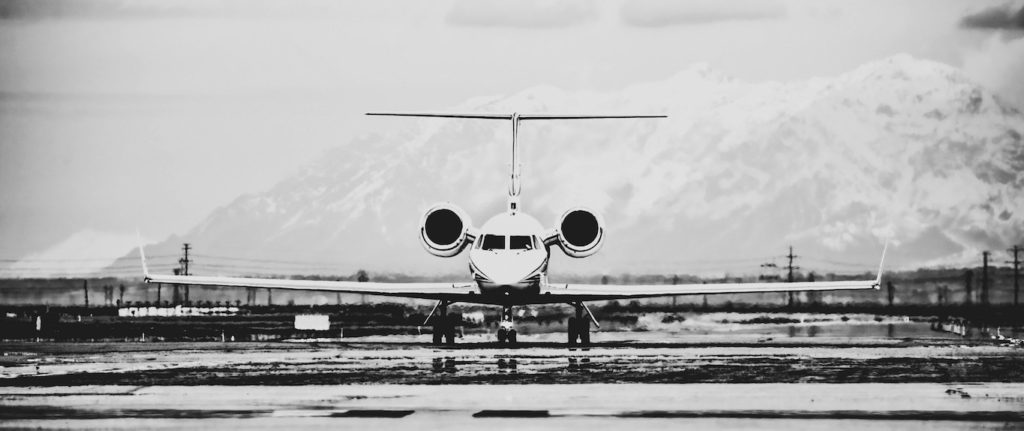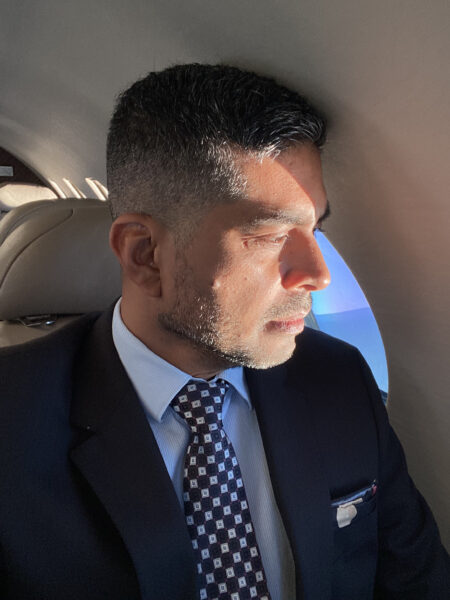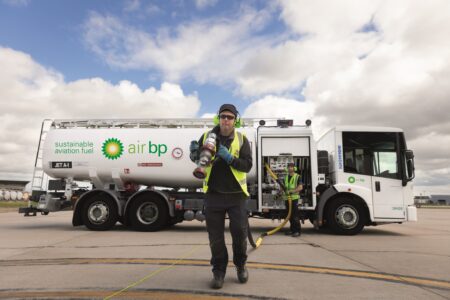Words by Aaron Fish, president at Keystone Aviation
As pandemic restrictions subside, the war in Ukraine intensifies, and the price of oil skyrockets, the worldwide pilot shortage continues to fly under the radar for most people. Those of us in the industry know that the labor crisis has loomed large for the past decade due (in part) to the aging workforce and barriers to entry, such as the prohibitive costs and demands of training. Although the global shutdown offered a temporary reprieve, the ongoing shortage is now a disruptive force across the entire aviation industry, causing some airlines to cut routes and others to reduce their schedules.
Across the business aviation sector, the labor strain is amplified where we’ve seen an unprecedented amount of customer demand driven by a thriving economy and safety concerns. With fewer touchpoints, less time spent in busy travel hubs, and controlled cabins, private aviation is the safest way to fly. Customers don’t have to worry about unknown travelers sitting next to them when flying with colleagues or business partners.
In its most recent Employment Projections, the U.S. Bureau of Labor Statistics projects the need for an average of 14,700 additional pilots each year over the next decade. Forecasts from Boeing and global training provider CAE more than double this figure, the former estimating a need for 612,000 total pilots to maintain the global commercial fleet over the next two decades.
Quality of life
While pilot compensation plays an integral role in retention, the driving force causing pilots to seek out other opportunities in the industry is the perception of better quality of life. Unfortunately, the upfront investment of training and historically low wages have done the industry a disservice. Fortunately, this is changing now, with the shortage driving salaries up exponentially. As United Airlines’ CEO Scott Kirby recently remarked, a career as a pilot has quickly become “one of the most lucrative jobs in aviation.”
Pilots are in the driver’s seat when it comes to industry job offers, but six-figure salaries and signing and retention bonuses can only go so far. Yes, they may make positions more attractive, but what good are financial incentives if work schedules and demands don’t allow pilots to enjoy them? Case and point: In a 2017 poll conducted by the National Business Aviation Association, pilots ranked compensation, schedule, benefits, and career advancements as the four key factors that motivate them to switch jobs. In a more recent survey of business aviation job seekers, work-life balance ranks ahead of salary (37.97% versus 32.91%), followed by company strength and stability (13.29%) and long-term career potential (13.29%).
It’s imperative to provide a work-life balance that will make qualified pilots and personnel want to stay with your organization. We don’t want to burn pilots out, so leaders must look for ways to create operational synergy between the owners, pilots, and the organization and enable everyone to look out for each other’s best interests. For example, depending on the owner’s mission profile and flight activity, adding a third pilot to crews is one way to create a more flexible workplace and build a culture of solidarity. While the higher upfront overhead and operation costs make this a difficult business decision for some, in the long run, investing in greater work-life balance improves retention and morale, which is why we’re already seeing the marketplace make these accommodations.
What does quality of life look like for pilots in business aviation?
Apart from the fundamentals, quality of life can mean something different to each pilot. For some, it means a stable and reliable work routine. For others, especially the younger generation, it means having the opportunity to try and experience new things. It’s no secret that pilots with a preference for the first option typically flock to airlines even though history proves that the commercial sector can be more volatile and are likely to furlough employees during downturns, as confirms a report from the U.S. Government Accountability Office, published before the pandemic.
One of the downsides of choosing to fly with airlines is that pilots don’t have access to the same experiences and opportunities as they do in general aviation. A pilot may fly from Chicago to San Francisco week in and week out with an airline. With on-demand charter, the sky is the limit. Pilots are more likely to fly into cool airports where airlines aren’t permitted to land and travel to different corners and destinations across the country and globe. Private aviation service gives pilots a more diversified experience with exceptional clientele, from professional sports teams to changemakers and across an array of business and political sectors.
Careers in business aviation offer pilots security and excitement. If we can strike the right balance between compensation, and time away from home, general aviation becomes even more attractive and competitive by providing pilots with the quality of life they seek. That means finding creative ways to support pilots’ aspirations both on and off the job. For instance, when employees at Adobe commemorate their five-year anniversary with four weeks of paid leave to take their dream vacation, finally write that novel, or simply relax and recharge. If we compete with compensation alone, pilots will always be lured away by the next best offer. When an organization finds ways to show employees that it respects their quality of life, it earns that respect and loyalty back in spades.
How can we make the next generation excited to fly again?
As we work to improve wages and quality of life, we must also address the barriers that stop young individuals from pursuing pilot careers. A recent survey by Zety asked American adults to recall what they wanted to be when they grew up. “Pilot” did not even land in the top 20. In a similar poll conducted in the U.K., “pilot” also failed to make the top 20, despite “train driver” placing 14th. The pilot career path needs to be on everyone’s radar, from young children to young adults. As an industry, we need to ask ourselves how to fix that.
We must be more proactive in introducing the aviation lifestyle to young adults, demystifying training processes, and making more resources available—from job shadowing opportunities to financial assistance. We need to plan and create an infrastructure that supports sustainable long-term growth for the future. In the end, it comes down to owners and organizations thinking outside the box. How do we break down the barriers for entry, reduce costs, pool resources, and create more flexibility for pilots? These are the questions that we must come together to answer to meet the demands we face today and tomorrow.
Read more about why talent shortages are one of the biggest challenges business aviation is facing post-Covid here.





